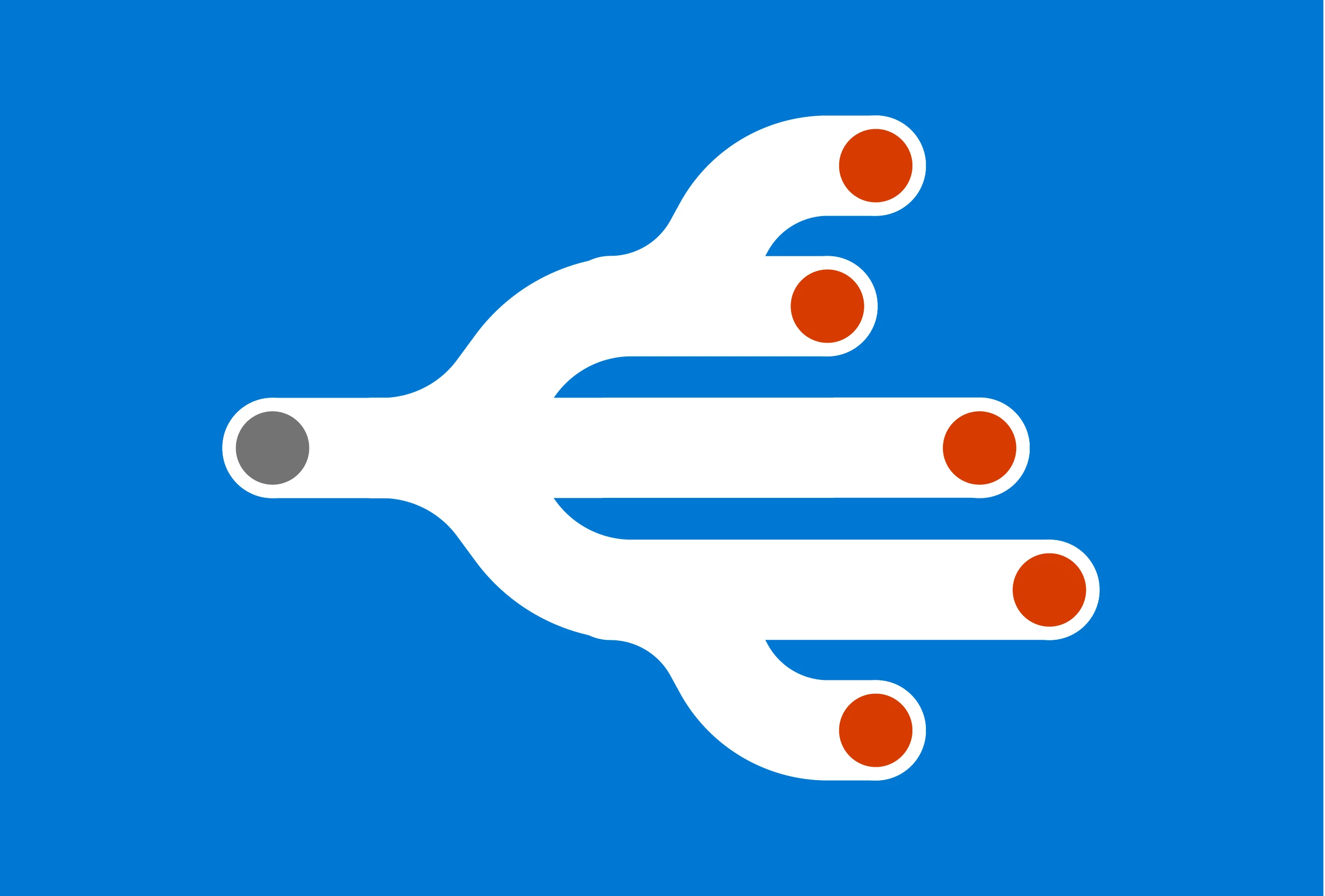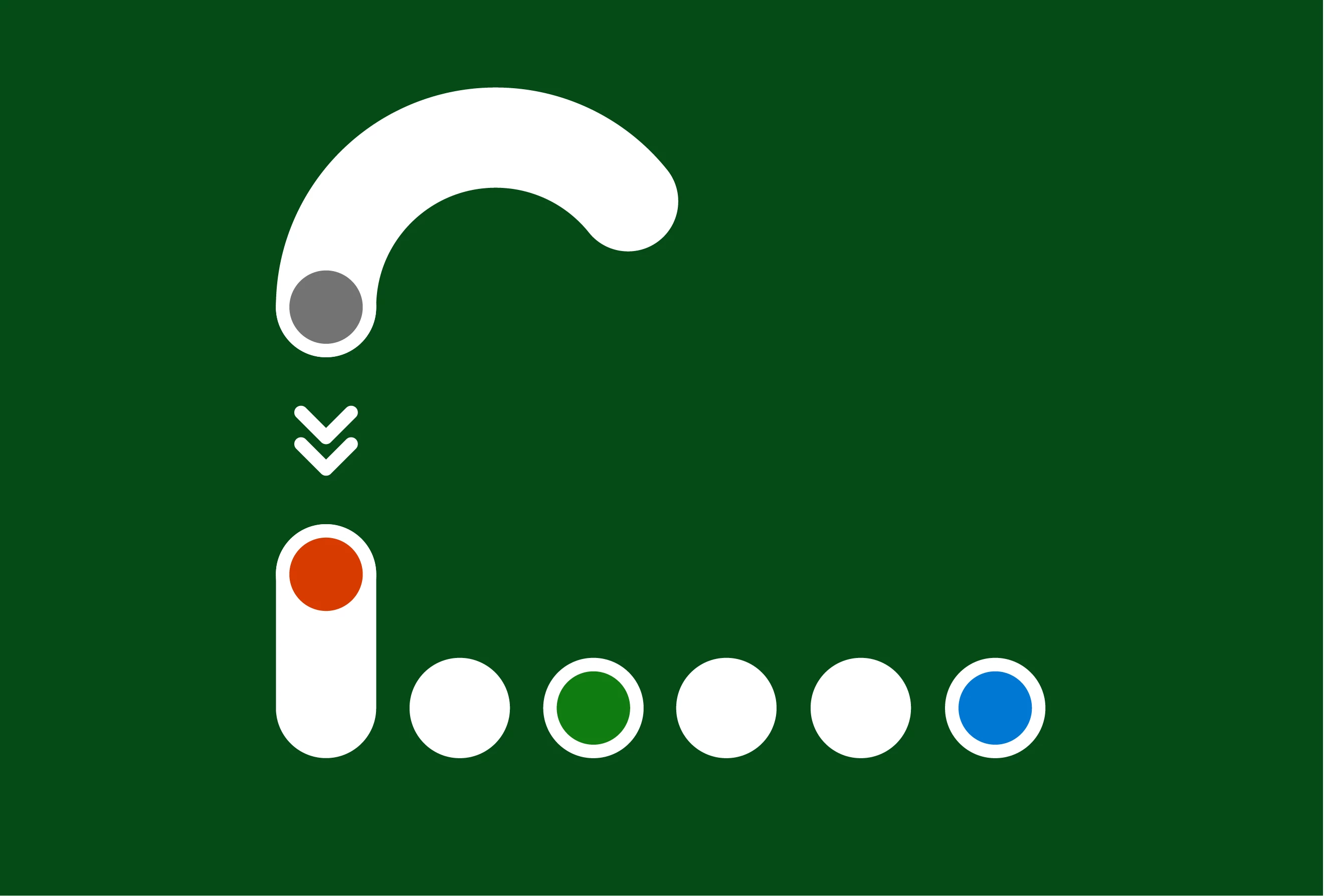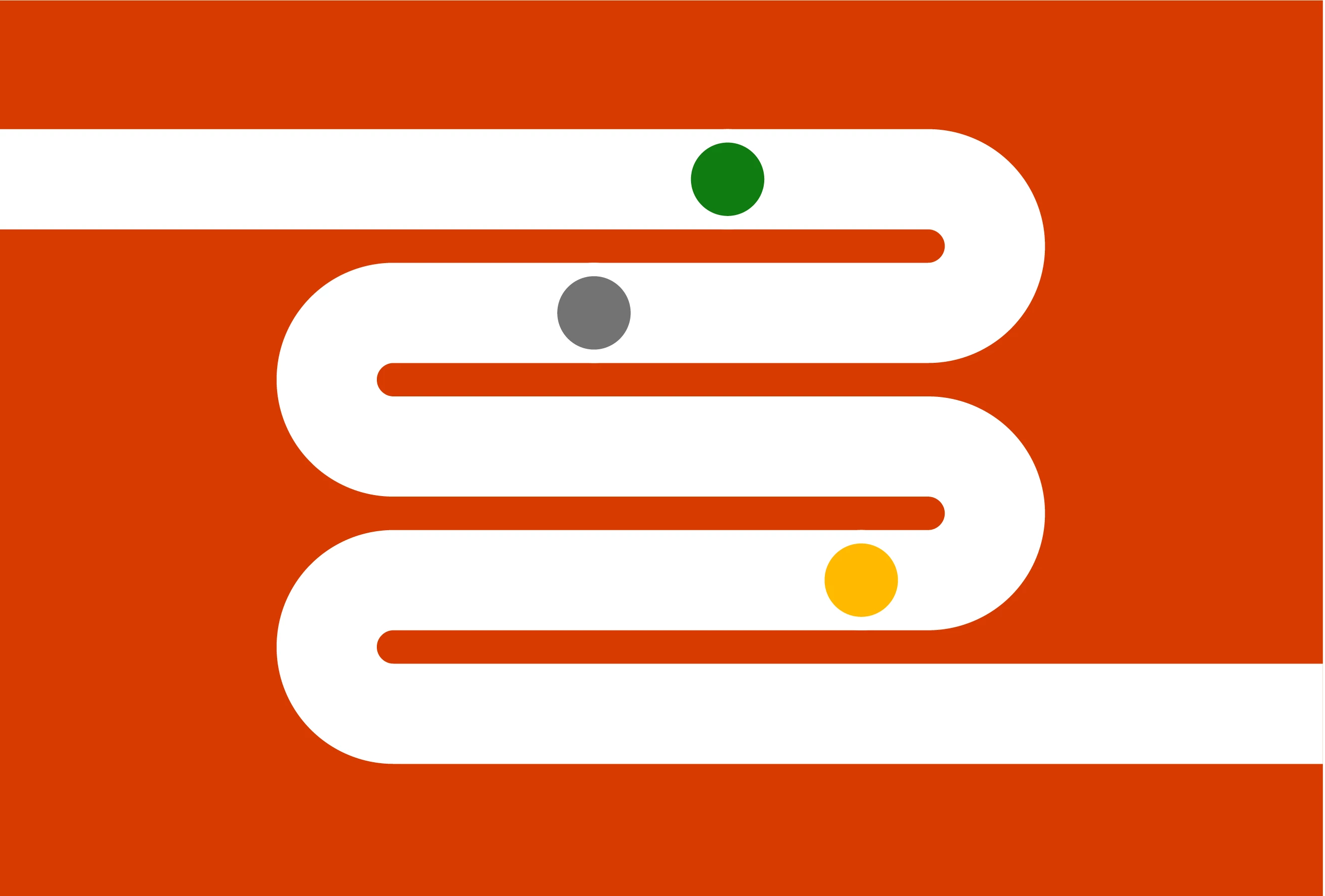


Cyberattacker techniques, tools, and infrastructure
Cyberattackers constantly evolve their techniques, tools, and infrastructure to launch increasingly complex attacks. Learn about the latest tactics and how to detect, disrupt, and defend against them.
Refine results
Topic
Products and services
Publish date
-
 We are open sourcing the Python source code of a research toolkit we call CyberBattleSim, an experimental research project that investigates how autonomous agents operate in a simulated enterprise environment using high-level abstraction of computer networks and cybersecurity concepts.
We are open sourcing the Python source code of a research toolkit we call CyberBattleSim, an experimental research project that investigates how autonomous agents operate in a simulated enterprise environment using high-level abstraction of computer networks and cybersecurity concepts. -

Center for Threat-Informed Defense teams up with Microsoft, partners to build the ATT&CK® for Containers matrix
Microsoft is happy to have contributed and worked closely with the Center for Threat-Informed Defense and other partners to develop the MITRE ATT&CK® for Containers matrix. -

Phorpiex morphs: How a longstanding botnet persists and thrives in the current threat environment
Phorpiex, an enduring botnet known for extortion campaigns and for using old-fashioned worms, began diversifying its infrastructure in recent years to become more resilient and to deliver more dangerous payloads. -

Breaking down NOBELIUM’s latest early-stage toolset
In this blog, we highlight four tools representing a unique infection chain utilized by NOBELIUM: EnvyScout, BoomBox, NativeZone, and VaporRage. -

Protecting customers from a private-sector offensive actor using 0-day exploits and DevilsTongue malware
The Microsoft Threat Intelligence Center (MSTIC) alongside the Microsoft Security Response Center (MSRC) has uncovered a private-sector offensive actor, or PSOA, that we are calling SOURGUM in possession of now-patched, Windows 0-day exploits (CVE-2021-31979 and CVE-2021-33771). -

Analyzing attacks that exploit the CVE-2021-40444 MSHTML vulnerability
This blog details our in-depth analysis of the attacks that used the CVE-2021-40444, provides detection details and investigation guidance for Microsoft 365 Defender customers, and lists mitigation steps for hardening networks against this and similar attacks. -

NOBELIUM targeting delegated administrative privileges to facilitate broader attacks
The Microsoft Threat Intelligence Center (MSTIC) has detected nation-state activity associated with the threat actor tracked as NOBELIUM, attempting to gain access to downstream customers of multiple cloud service providers (CSP), managed service providers (MSP), and other IT services organizations. -

Structured threat hunting: One way Microsoft Defender Experts for Hunting prioritizes customer defense
Our approach to threat hunting is designed to evaluate impact and escalate potential threats for investigation, based on how damaging the potential threat would be. -

Guidance for preventing, detecting, and hunting for exploitation of the Log4j 2 vulnerability
Microsoft is tracking threats taking advantage of the remote code execution (RCE) vulnerability in Apache Log4j 2.








